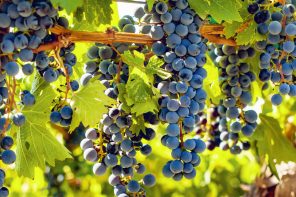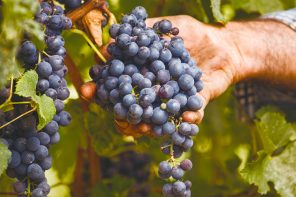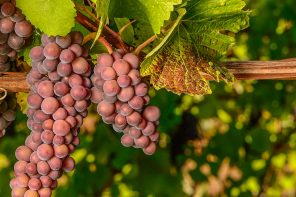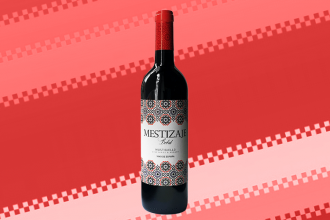When suggesting wines to wine lovers and novices alike, I enjoy taking them on a journey.I bypass the grandiose Chateaux of Bordeaux and the rugged, rustic terrain of Napa and jump to places like Greece, Portugal, or the handful of winemaking countries that hug the Black Sea. They’ve been making wine in these regions for centuries, long before the some of the famous Burgundy houses.
Greek wine is especially fantastic because of its great value, quality and accessibility. Though over half of Greek wine production is white, the Greeks also make some beautiful, tannic and luxurious red wines. Xinomavro and its literal translation of “acid-black,” may sound cringe-worthy at first, but these grapes produce some of the most aromatic and age-worthy wines around. It’s also one of the most planted red grapes in the north Greek region of Macedonia, specifically Naoussa.
Nicknamed “The Barolo of Greece,” Xinomavro is also an anomaly like its distant cousin, Nebbiolo – the grape of Barolo and Barbaresco. Its high acid, high tannin structure sandwich the dreamy aromas of sun-dried tomatoes and forest floor upon each other like the nutty, honey filling of the flakiest, most delectable Baklava you’ve ever had.
Not only is this Greek gusher an inexpensive, yet quality alternative to Barolo, it also has wonderful versatility. Winemakers are able to produce still rosés, dry and sweet sparkling rosés and even white wine from the grape.
But the grape itself can be a bit of a diva to cultivate in the vineyards. Extreme heat, proximity to the rugged mountainous terrain of northern Greece and differing microclimates can often lead to overripe berries or bunches that ripen unevenly. The grape is also susceptible to fungal diseases, like botrytis, depending on its proximity to the sea or heavy rainfall. Oak and bottle aging differ from region to region and is required to calm some of the vineyard temper tantrums. But, when this diva is ready to take the stage, she does not disappoint.
This powerful wine can be drunk young or cellared for years, but it’s best enjoyed with food. A rosé version could be enjoyed with the creamy cheese triangles “tiropites,” tzatziki with pita, spinach pies “spanakopita” or a whole Mediterranean sea bass. The big, bold, in-your-face Xinomavro needs big, flavorful dishes – ones that work with the wine, but do not overpower it. Moussaka, the famous hearty meat and eggplant dish, or smoked lamb with mint chutney would both shine with a dry, red Xinomavro.
Bordeaux, Burgundy and Barolo make stellar wines. It’s no secret. But, it can be rewarding, if you haven’t already, to stray off the beaten path. Not giving Xinomavro a chance would be a Greek tragedy.








